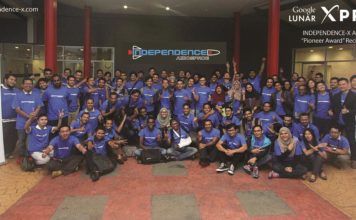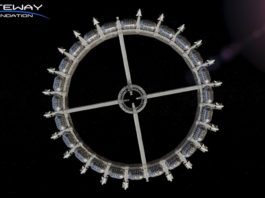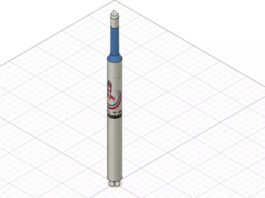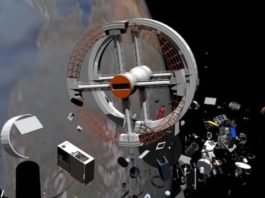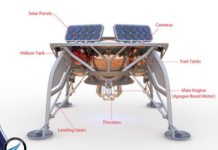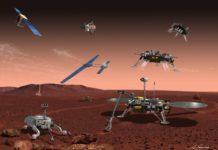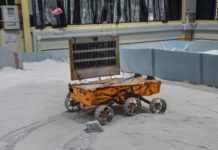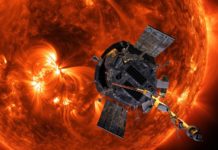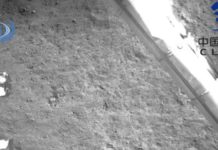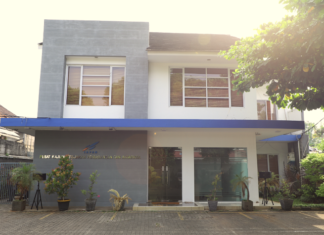5 Australian space startups to watch
With a lively Newspace industry and numerous space startups, it is no wonder that Australians are currently lobbying for their government to set up its own space agency. This year, the...
Interview: Arianespace CEO on the roadmap to 2020 & beyond
Arianespace is the world’s first commercial launch services provider, established in 1980 and rooted in the European space agencies and institutions. It has enjoyed a large commercial market share over its...
Updates on GLXP teams from Israel, India and Japan
Former Google Lunar X-Prize team SpaceIL have announced a launch and landing date via social media and other outlets. If all goes to plan, then Israel will be the fourth country...
An overview of Japan’s space activities
Let us go back a decade, to 2008. The Summer Olympic Games were held in Beijing, the iPhone 3G had been introduced by Apple, and it was also the International Year...
Mars simulators in China & around the world
This October, the Chinese Academy of Sciences opened the doors to its very own Mars analogue simulator in the Gobi Desert.
The Chinese Mars environment simulator was announced last month along with...
China’s seeds have sprouted on the Moon!
For the first time in the history of the known universe, life has intentionally taken hold on another world.
And in another first for mankind…new life has also died on a new...
India’s second tryst with our Moon: Chandrayaan-2
An Indian spacecraft’s second tryst with earth’s only natural satellite in the form of the Chandrayaan-2 mission has been ongoing for some time now. What started as a joint mission with...
Facing the heat: the amazing engineering of the Parker Solar Probe
The other evening when I took a taxi ride home, the driver said “what a hot day!” as soon as I got in. She went on to explain that she had...
The Philippine microsat program & satellite control centre
Last week we wrote about how CubeSats from Philippines, Bhutan and Malaysia were launched to the ISS on the Falcon 9 CRS-15 mission, as part of the BIRDS-2 project. This is...
Touchdown for Chang’e 4! The ride to the Moon, and some pictures
China’s Chang’e 4 spacecraft made history when it successfully became the first spacecraft to perform a soft landing on the Moon’s far side on Thursday January 3rd.
As we reported last month,...



